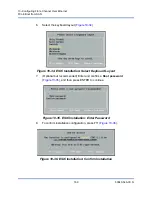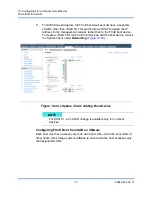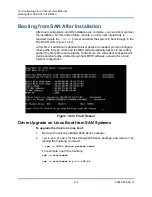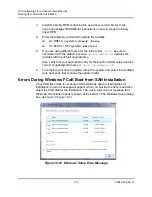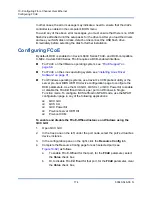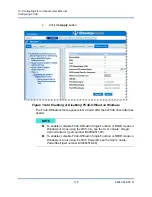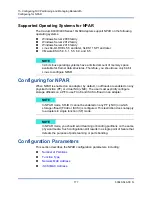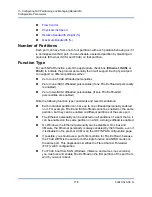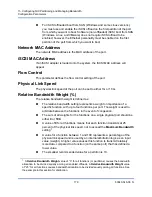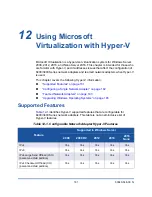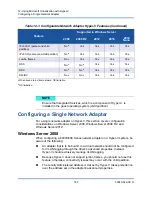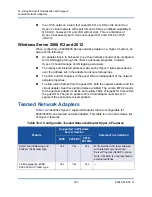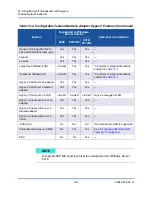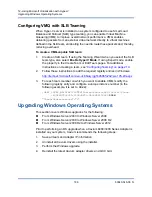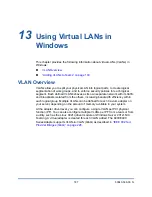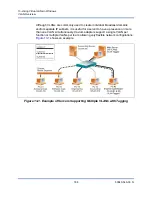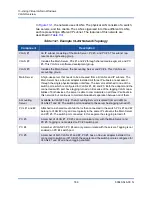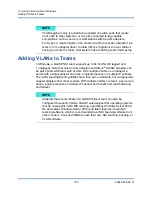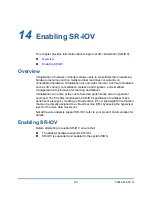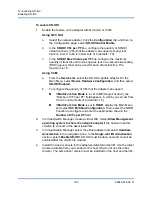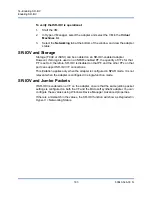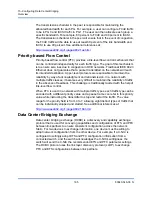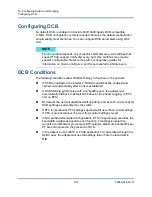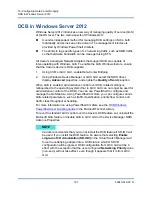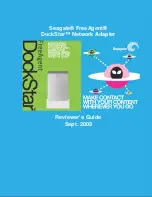
12–Using Microsoft Virtualization with Hyper-V
Teamed Network Adapters
183
83840-546-00 N
In an IPv6 network, a team that supports CO or LSO and is bound to a
Hyper-V virtual network will report CO and LSO as an offload capability in
QCC GUI; however, CO and LSO will not work. This is a limitation of
Hyper-V because Hyper-V does not support CO and LSO in an IPv6
network.
Windows Server 2008 R2 and 2012
When configuring a 8400/3400 Series network adapter on a Hyper-V system, be
aware of the following:
An adapter that is to be bound to a virtual network should not be configured
for VLAN tagging through the driver’s advanced properties. Instead,
Hyper-V should manage VLAN tagging exclusively.
The locally administered address (LAA) set by Hyper-V takes precedence
over the address set in the adapter’s advanced properties.
The LSO and CO features in the guest OS are independent of the network
adapter properties.
To allow jumbo frames from the guest OS, both the network adapter and the
virtual adapter must have jumbo frames enabled. The Jumbo MTU property
for the network adapter must be set to allow traffic of large MTU from within
the guest OS. The jumbo packet of the virtual adapter must be set to
segment the sent and received packets.
Teamed Network Adapters
identifies Hyper-V supported features that are configurable for
8400/3400 Series teamed network adapters. This table is not an all-inclusive list
of Hyper-V features.
Table 12-2. Configurable Teamed Network Adapter Hyper-V Features
Feature
Supported in Windows
Server Version
Comment or Limitation
2008
2008 R2
2012/
2012R2
Smart Load Balancing and
Failover (SLB) team type
Yes
Yes
Yes
Multi-member SLB team allowed
with latest QLogic Advanced
Server Program (QLASP) version.
Note: VM MAC is not presented to
external switches.
Link Aggregation (IEEE
802.3ad LACP) team type
Yes
Yes
Yes
—

